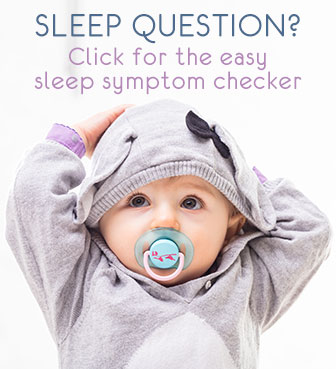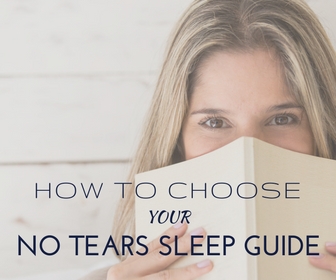10 things you need to know about baby carrying
by Inge Marks
After many years of stroller monopoly, baby carrying is making a slow but steady comeback. Many people choose a sling or another carrier because it is more convenient.
Anybody who has tried maneuvering a stroller through a door, on the bus, or in a car, knows what I am talking about! Lots of us however, do not know how good it is for our baby’s well-being. Baby carrying or baby wearing actually has lots of advantages!
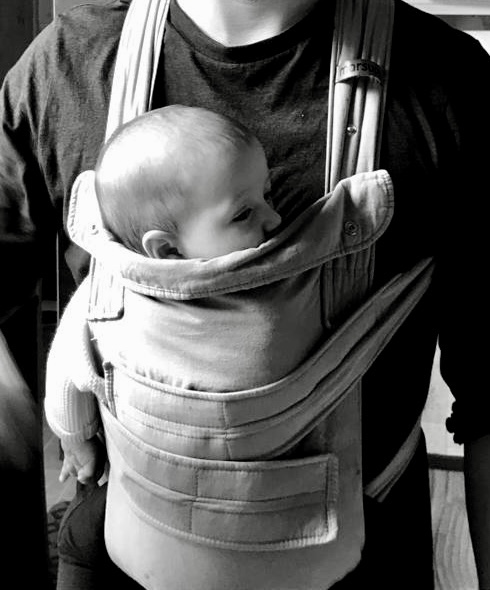
Let’s dive into the 10 things you need to know about baby carrying.
Baby’s benefits
1. Physical development and health
The first thing you need to know about baby carrying is how good it is for your baby’s health and physical development.
It actually leaves your baby’s spine in a more natural shape in comparison to lying on a flat surface. This benefits the healthy development of the spinal cord and prevents skull deformities (flat head syndrome) and hip dysplasia.
Baby wearing also promotes the activity of the muscles in the back and in the neck. As there is no activity of the muscles when babies are in car seats or strollers, babies should spend a minimal amount of time in them.
2. Reflux
When your baby’s stomach contents flow back up they suffer from reflux. Babies tend to have more problems when they are lying down. Keeping your baby in an upright position for longer periods of time, especially after feeding, significantly reduces reflux.
3. Stress reduction
Being carried reduces stress. When your baby is close to you, he or she feels less anxious and is reassured by your presence, breathing, and heartbeat. This gives your little one the opportunity to develop optimally. It can be especially helpful when you have a difficult baby.
Reduced stress is linked to a better immune system. That is why it ends up reducing infection and mortality rates. Babies who are held are also better able to regulate their heart and respiratory rate.
Research shows that 75 percent of daytime SIDS occur when a baby sleeps in a room alone. Baby wearing is an excellent tool to easily monitor your baby while he or she is sleeping and makes sure your baby’s breathing is optimal.
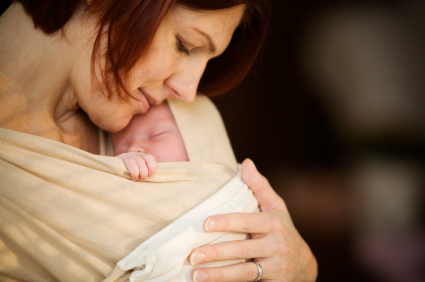
Kangaroo care – baby wearing with an emphasis on skin-to-skin contact – promotes the development of premature babies. Research shows that it increases growth and weight gain. Our body has the perfect temperature.
4. Social and cognitive development
As I mentioned before, carrying calms babies.
Being in this calm state is known to give your baby the opportunity to develop optimally.
Babies who are carried are higher up and see their surroundings. They experience more and can explore while being in the safety of your close presence. It also means they interact more with others and can link sounds with the origin.
Babies that are carried are, as a result, more alert and perceptive of their environment.
5. Happy baby
Research shows that babies that are picked up by a walking mother immediately stop voluntary movement and crying and their heart rate slows down, in comparison with holding by a sitting mother.
An experiment with 100 mothers and babies showed that supplemental carrying reduced fussing and crying by at least 43%. Babies spent more time being alert and content.
Another study showed that babies who were carried more, spent more time sleeping, and being content when awake. They went from 3,5 hours of crying to only 1,7 hours.
But, enough about your baby for a second 🙂 Because not only your child but also you can benefit from carrying your baby!
Your benefits
6. Hormones
There is this wonderful hormone called oxytocin (also called the ‘cuddle hormone’). It is released when you have close physical contact.
Oxytocin:
- promotes the bond between you and your child
- increases your milk supply if you are breastfeeding
7. More in tune with your baby
When you carry your baby you are more in tune together and become more responsive. When your baby naps in the sling you notice the baby stirring immediately and your baby can be fed without the need for crying. An upset baby is less likely to eat well.
8. Handsfree
Carrying your baby in a sling or a carrier creates freedom. Inside the house, you can have tea with friends, spend some time on your yoga mat or prepare dinner and do some laundry.
You can easily go out for a walk and public transport becomes a lot less of a hassle. All the while your baby is close and feels wonderfully safe and comforted.

9. Less stress
The 9th thing you need to know about baby carrying is that it is proven to relax you!
Research shows that holding a baby makes parents feel calmer and less susceptible to stress.
What is the last thing you need to know about baby carrying?
10. What if it doesn’t work?
It might not work for you. You have back problems or your baby doesn’t like to be in the sling. When your baby does not want to be in a carrier it can have different reasons.
Maybe he or she has a wet diaper or the sling is uncomfortable.
Or could be that there are some underlying problems with your baby’s spinal cord or neck? Don’t hesitate to seek professional help when in doubt!
And if baby carrying isn’t right for, try holding your baby in your arms whenever you can. Even if a little less practical for some situations, every time you hold and carry your baby, you’ll both enjoy all the benefits we talked about!
References
- Anisfeld, E., Casper, V., Nozyce, M., & Cunningham, N. (1990). Does infant carrying promote attachment? An experimental study of the effects of increased physical contact on the development of attachment. Child development, 61(5), 1617-1627.
- Blair et al., 2006. Sudden Infant Death Syndrome and the time of death: factors associated with night-time and day-time deaths.
- Bigelow, A. E., & Williams, L. R. (2020). To have and to hold: Effects of physical contact on infants and their caregivers. Infant Behavior and Development, 61, 101494.
- Hunziker UA, Barr RG. Increased carrying reduces infant crying: a randomized controlled trial. Pediatrics, 1986;77:641-8.
- Christensson K, Cabrera T, Christensson E, Uvnas-Moberg K, & Winberg J. Separation distress call in the human neonate in the absence of maternal body contact. Acta Paediatrica (1995); 84: 468-473.
- Siddicky, S. F., Bumpass, D. B., Krishnan, A., Tackett, S. A., McCarthy, R. E., & Mannen, E. M. (2020). Positioning and baby devices impact infant spinal muscle activity. Journal of biomechanics, 104, 109741.
- Galbally, M., Lewis, A. J., IJzendoorn, M. V., & Permezel, M. (2011). The role of oxytocin in mother-infant relations: a systematic review of human studies. Harvard review of psychiatry, 19(1), 1-14.
- Walker, A. M., & Menahem, S. (1994). Intervention of supplementary carrying on normal baby crying patterns: a randomized study. Journal of developmental and behavioral pediatrics.
- Williams L.R., Turner P.R. Infant carrying as a tool to promote secure attachments in young mothers: Comparing intervention and control infants during the still-face paradigm. Infant Behavior & Development. 2020;58 https://doi.org/j.infbeh.2020.101413. [PubMed] [Google Scholar]

Baby waking every hour?
by Heidi Holvoet, PhD
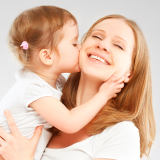
A Bedtime Routine: Settling To Sleep Like A Charm
by Heidi Holvoet, PhD

Separation Anxiety
by Heidi Holvoet, PhD

Colic
by Heidi Holvoet, PhD

Why does my baby wake up every hour?
by Heidi Holvoet, PhD



